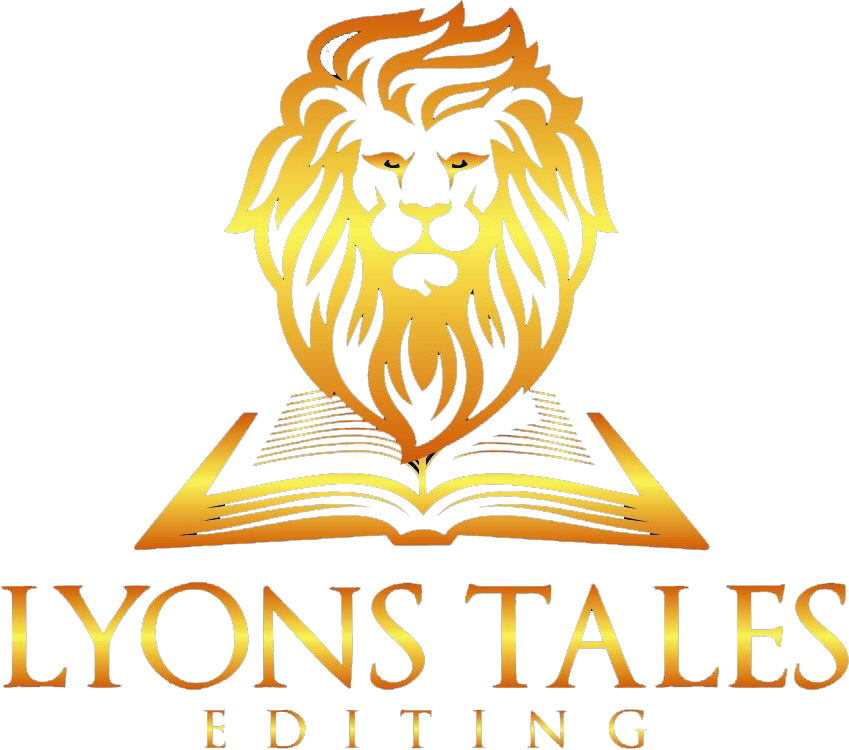The Do's and Don’ts of Email Copywriting
Did you know that email copywriting exists? It’s not the first thing that jumps to mind when we think of advertising and marketing in our social media-soaked universe. But emails can still be extremely effective when getting your message out there.
This element of the copywriting world is one where every sentence counts. Not to mention, every subject line meaning the difference between a triumphant click-through and the dismal depths of the ignored emails pile.
So let’s explore some clever copywriting tricks with the do’s and don’ts used to conquer email inboxes and win hearts (and readers!)
Do: Start with a bang!
The subject line is the first impression your reader gets. Few people are going to fully read the whole email if the subject line doesn’t grab them. It needs to be bold, clear and intrigue curious readers.
Personalise where you can, tease the content inside and add a smidge of mystery. "Guess what you’re missing out on?" sounds much more click-worthy than "Monthly Newsletter #204."
Don't: Write a novel in the subject line
Keep the subject line short and sweet. Packing it with all the details of your upcoming 50% off sale might seem like a good idea, but it's better to leave something to the imagination. Besides, if you put all of your good quality info in the subject line, you’ll run out of content for the rest of the email.
Do: Personalise the greeting
Who doesn’t love the sound (or sight) of their own name? Starting your email with a friendly "Hi [First Name]," instead of a sterile "Dear Customer," can boost your open rates and make your message feel more like a note from a friend rather than a corporate megaphone. It shows you care enough to know who you're talking to.
Don't: Overdo the formality
This isn’t a Victorian love letter. Don’t use formal language that makes your email sound like it was written by a robot in a top hat. Keep your language conversational and light. If your email is easy to read, you have a much better chance to gain a loyal customer.
Think about it – Would you read something that starts with "We humbly implore you to peruse our latest catalogue of commodious offerings"? Probably not.
Do: Create compelling content
So, you’ve got them to open the email, how do you keep them reading? Use short, engaging paragraphs and break up your text with subheadings or bullet points. Don’t tire your reader out with a wall of text.
They’ll give up trying to decipher it half-way through and move on to something less taxing. Think about including interesting images or GIFs to complement your words and keep the energy up.
Don't: Forget the call to action
An email without a call to action (CTA) is like a conversation that lacks any direction. To make sure that your message draws readers, your CTA must be unique and persuasive. Use phrases to encourage people to react quickly, such as ‘Get yours now!’ instead of a calmer ‘Click here.’
Don’t hide the CTA at the bottom of the email, make sure it’s bright and bold, strategically placed to capture the eye.
Do: Test and optimise
It can be tempting to stick to one email strategy. Especially if you find one that works well for you. But don’t forget that email strategies aren’t a ‘one-size-fits-all’. You’ll need different strategies because one might work well with one audience but not with another.
Try experimenting with different subject lines, calls-to-action (CTAs), email formats and when to send them. This is good way of identifying what works best for your type of audience. Then you’re not likely to be wasting time creating and sending emails that few read and even fewer act on. You can use A/B testing to do this, which involves comparing two versions of the same thing to see which is better. Kind of like a Dairy Milk and Galaxy binge– only less delicious.
Don't: Be afraid of emojis
Emojis aren’t just for teenagers or a witty kids’ movie. When used sparingly, they can add a splash of colour and emotion to your emails that draws people in and can increase engagement.
A well-placed smiley face can make your email feel more personal and less like a corporate broadcast. Just don’t go crazy and sign off with 3 love hearts, a rainbow and a poo emoji.
Do: Keep it mobile-friendly
Did you know a massive chunk of emails are first opened on a mobile device? That means your email design needs to look good on a tiny screen.
Don't make your readers play "Where's Wally?" with their screens. Use a responsive design that plays nice with all device sizes and gives you a cleaner layout. And don’t forget to give it a road test on multiple devices to make sure it looks great everywhere. That way, your audience can enjoy your content without needing a magnifying glass!
Don't: Ignore timing
Timing is everything. Sending an email at the wrong time can mean it gets lost in the abyss of the morning inbox rush. Think about when your readers are most likely to check their emails and send yours during the optimal time.
Lunchtimes are always a good bet as a good chunk of the population are reaching for their phones at the same time as their pulled pork baguettes (or equivalent) and have the time to check their inbox.
Be bold, be brief, be gone
Remember to keep your emails crisp, clear and fun. You’ll develop the best email strategy if you engage with your readers on a personal level and always be open to new ideas. If you draw your audience in with your compelling language and inspire action with your emails – you’re on the way to great email copywriting.






